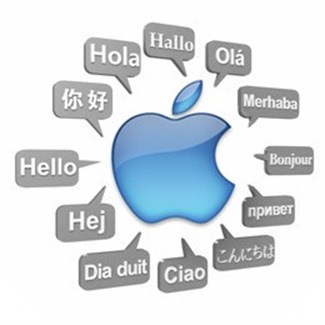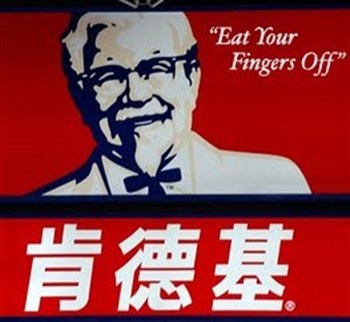Translating Global Franchises
The growth of global franchises has largely affected the world economy. Its value resonates not only to the franchisers, but also to the community embracing a concept generated from overseas.
But, introducing a foreign lifestyle into a local market can result in disaster if not done properly. Communication is the key to successfully entering a foreign market. Franchisers should understand that it takes time, research and persistence to enter a foreign market. The best way to appeal to your new target audience is to communicate with them in their native language.
Do your Research

Image Credit: Ackuna
Translation requirements for franchisers and franchisees include:
- Website localization
- International search engine marketing
- Audio/video localization for eLearning, training or advertising
- Human resources and legal content translation
- Marketing translation and desktop publishing
- Globalization and cultural consulting
The language and culture of a target audience will vary from locale to locale, so adapt your content to fit your customers for each location.
Your brand represents your products or services and your brand’s message needs to be recognizable in any language. However, how you market your brand will vary between your audiences. Encourage input from local franchisees with language and market experience to help with your brand’s message when producing and translating marketing material. Some of the marketing material you will need to translate could include:
- Branding and taglines
- Signs
- Menus
- Product packaging
- Email marketing campaigns
The wrong translation of a marketing campaign can lead to harmful effects. A ‘close-enough’ translation is not really a translation when your business’s brand, time and money are on the line.
Use Professional Human Translators
Never make translation mistakes that could offend your customers. Human translators that are well trained and educated are best to consider. Translating business materials is no simple task, cultural differences and linguistic habits must be identified and incorporated into the target language copy.

Image Credit: OWDT
Bad translations can have detrimental results for your brand’s image. These costly mistakes will have an immediate impression on your audience and take a long time to recover from. Here are some examples of translations gone very wrong:
- Pepsi – Original: “Come alive with Pepsi” Chinese translation: “Pepsi brings ancestors back from the dead”
- Ford – Original: “Every car has a high quality body” Belgium translation: “Every car has a high quality corpse”
- Schweppes – Original: “Schweppes Tonic Water” Italian translation: “Schweppes Toilet Water”
- Volkswagen – Original: “Drivers wanted” Spanish translation: “Chauffeurs wanted”
- Pepsi damaged their chances of being successful in Southeast Asia because they changed their vending machine colors from deep blue to light blue, which is a color symbolizing death and mourning to some countries in Southeast Asia.
- Gerber lost its charm to their African market over their packaging which has smiling babies on their jars, unfortunately due to low literacy rate, pictures on labels denotes what’s inside the jar.
Conclusion
Introducing a global franchise into a new market can offer many opportunities if you are willing to take the risks. Localize and translate your content for your target audience to ensure your brand’s message is positively received.
